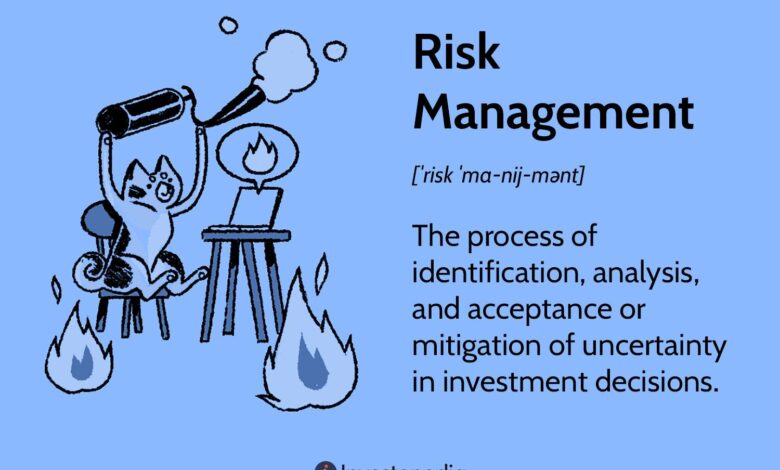Risk Management Strategies for Insurance Linked Securities

Insurance Linked Securities (ILS) are financial instruments whose value is influenced by insurance loss events, such as natural disasters. They provide a way for insurers to transfer risk to the capital markets, offering investors unique exposure to insurance risks. ILS includes instruments like catastrophe bonds, collateralized reinsurance, and insurance-linked swaps.
Definition and Types
One of the most common types is catastrophe bonds, which pay bondholders regular interest but can forgo or defer interest and principal payments if a specified catastrophic event occurs. Collateralized reinsurance and insurance-linked swaps allow investors to participate in reinsurance transactions without directly assuming the insurer’s liabilities.
Importance of Risk Management
Effective risk management is crucial in the world of ILS, as these instruments are exposed to high levels of volatility and unpredictability. Strong risk management practices can help mitigate potential financial losses and ensure more stable returns for investors. One way to achieve better risk management is through strategic capital solutions, which can provide necessary financial resources to handle potential contingencies.
Mitigating Financial Losses
Asset managers can protect their portfolios from extreme losses by using various risk management tools and techniques. These may include stress testing, scenario analysis, and developing comprehensive risk management frameworks.
Diversification Strategies
Diversification is a fundamental risk management strategy in ILS. By spreading investments across various geographical regions and sectors, investors can reduce their exposure to any single risk event.
Geographic and Sectoral Diversification
Geographic diversification involves investing in ILS from different regions, as natural disasters and other risk events are less likely to affect multiple regions simultaneously. Similarly, sectoral diversification ensures that investments are spread across various industries, reducing the impact of sector-specific risks.
Hedging Techniques
Hedging is another effective strategy for managing risks associated with ILS. By employing financial derivatives, investors can offset potential losses from adverse events.
Use of Derivatives
Hedging against unforeseen losses can be accomplished via financial products including swaps, futures, and options. An investor may, for instance, employ catastrophe options, which pay out if a certain event—such as an earthquake—exceeds predetermined criteria.
The Role of Capital Solutions
Capital solutions play a pivotal role in enhancing risk management practices within ILS. They offer asset managers and investors access to additional financial resources beyond traditional investment methods. This can include obtaining credit lines, structured financing, or other financial instruments to bolster a company’s risk management framework.
Benefit to Asset Managers and Investors
By leveraging capital solutions, asset managers can better manage liquidity risks and improve their ability to respond to adverse events. This not only helps in protecting the invested capital but also ensures more predictable returns. Access to additional capital can also facilitate the implementation of more complex and effective risk management strategies, enhancing overall portfolio performance.
Conclusion
Managing risk is essential when investing in insurance-linked securities. Investors can lessen the inherent risks connected to these assets by using techniques such as diversification, hedging, and leveraging capital solutions. Navigating the complexity of ILS with the support of strong risk management techniques and ongoing education eventually produces more consistent and appealing returns.



